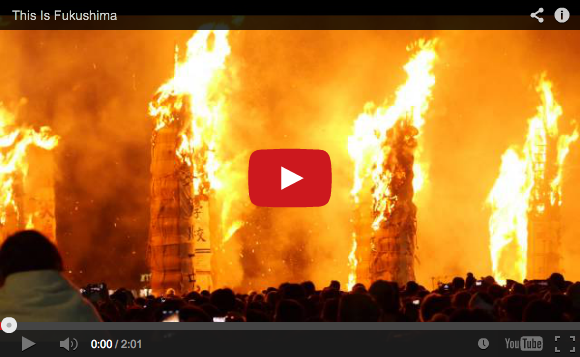
“Forget the reactor. Forget all the bull$#!^ Facebook posts about how radiation is melting the starfish and mutating our sushi. Forget about what it means to be a disaster, and discover what it means to be Fukushima.”
Filmmaker Cameron Anderson is on a mission to show the world the real Fukushima. Having spend months exploring the region, he – an outsider arriving long after Fukushima became known the world over as the centre of a tragic nuclear accident – has come to learn what Japan’s third-largest prefecture is really all about. Cameron has also seen how the news, careless comments shared via social networks, and a general fear of the unknown have caused people around the globe to label this land as a giant, black spot on the map of Japan, with stories popping up online every few weeks about tides of non-existent radioactive seawater and the prefecture’s potentially hazardous exports.
Hoping to obtain a special filmmaking grant, it is Cameron’s plan to put together a 10-minute documentary that explores this vast, rich part of Japan and introduce some of its genuinely remarkable residents–both Japanese and foreign. But he needs your help.
Having lived in Fukushima Prefecture for five years – both before and after the events of March 11, 2011 – it has and always will have a very special place in this writer’s heart. A drive across the prefecture can feel like visiting a handful of different countries in a single day as you follow the bright coastline with its sandy beaches, emerge from a mile-long tunnel to discover yourself surrounded by vast, lush forest, and moments later gasp as a giant, snow-capped mountain is reflected perfectly in the crystal-clear waters of Lake Inawashiro, albeit until someone zips across it in a motorboat or kids in bathing suits start splashing around.
But whenever I speak fondly of Fukushima, my friends and family both back home and here in Tokyo usually fall quiet or respond with things like, “Yeah, it’s such a shame what happened…” And many of my Japanese colleagues seem genuinely shocked when I share my desire to go back for a visit.
“Aren’t you worried about the radiation? Surely it’d be on your mind the whole time you’re there?” they ask, forgetting that, if my face were to melt and my hair to fall out the moment I stepped over the border into Fukushima, those in neighbouring Tochigi and Ibaraki Prefectures wouldn’t be much better off either. While we can blame sensationalist news reports and uninformed bloggers for painting an overly frightening picture of Fukushima, there is also a surprising amount of fear and ignorance within Japan itself, and it is slowly eating away at the prefecture and its people.
Thankfully, film makers like Cameron Anderson are trying to change the way people think about Fukushima by giving them a glimpse of its rich and diverse culture and people in a new documentary he is hoping to make with backing from Storyhive, a community-powered funding site powered by communications giant Telus, that grants a lucky few the cash they need to make their creative projects a reality.

Vancouver-based filmmaker and Storyhive hopeful Cameron Anderson
Cameron spent 10 weeks in Fukushima last year, staying with his friend Max, an English teacher who is based in Aizu-Wakamatsu. After taking in some of the sights and sounds the prefecture has to offer and meeting with a number of genuinely inspiring people – doctors, locals who took in cats abandoned after the earthquake, even fellow foreigners who have found themselves in the prefecture for work and have fallen completely in love with the place – he decided that people on the outside really needed to see the real Fukushima.
With the $10,000 grant he’s hoping to receive from Storyhive, he wants to return to Fukushima and put together a 10-minute documentary about all of the incredible things it has to offer. But of course, he can’t win that grant without the support of the net-using public. While the cash itself would all come from the group, he needs one thing to get at it: votes.
“One hundred percent of the winners will be determined by votes,” Cameron told RocketNews24, “You do have to sign up with your email, but there is no newsletter, junk mail, or anything like that. They just want to ensure that each voter is a real person.”
But what exactly does the young filmmaker intend to do with that cash? Here’s a little look at what Cameron is proposing to do with his film and how the idea came into being.
“I’ve been involved in the arts my whole life, first as an actor and now as a filmmaker,” Cameron told us via email. “I graduated from film school with a diploma in Documentary Production, and have since been working on small projects and taking my camera everywhere. When I heard that Telus, the phone/internet/tv giant out here in western Canada was offering grants to local filmmakers, I jumped on the opportunity to try to get this story out there.”
Although funding is Cameron’s main goal at the present moment, it’s clear that this project means a lot to him on a personal level, and that he has a real story to tell.
“With a bit of funding, I feel that I could make something that would really show off Fukushima and challenge some of the conceptions around the safety and liveability of the area. I also think that the Western perception of Fukushima is of an irradiated wasteland, not the amazing, diverse, historically important and culturally vibrant place that I came to know and love. I don’t want to downplay the importance and scale of the disaster, but I do want to highlight everything else that makes Fukushima so grand, and a worthwhile place to visit.”
If you’d like to help Cameron make his film a reality, and just maybe help a prefecture that is struggling not just with rebuilding and moving on emotionally but shaking off an image that is arguably far more toxic than anything you’ll ever encounter during a visit to this stunning and diverse region, then head over to Cameron’s page on Storyhive and give him your vote. Voting closes on April 27, so be sure to head over soon.
In the meantime, we’ll leave you with just a sample of the many locations within Fukushima that Cameron had a chance to visit and hopes to return to bigger, stronger, and with full funding should his film win the grant it deserves.
All images by Cameron Anderson

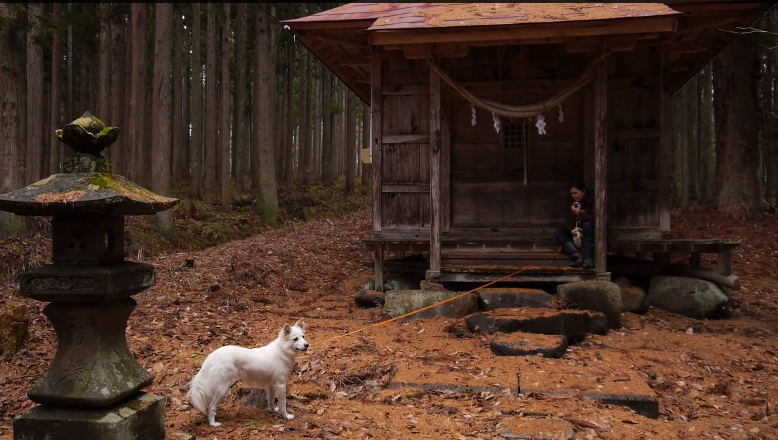
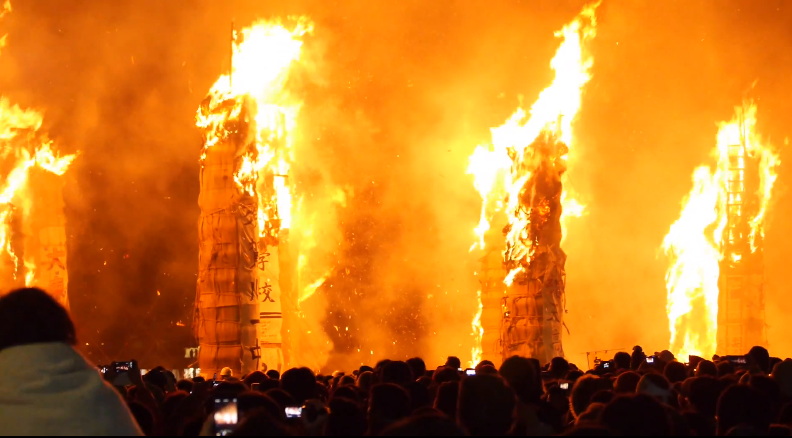
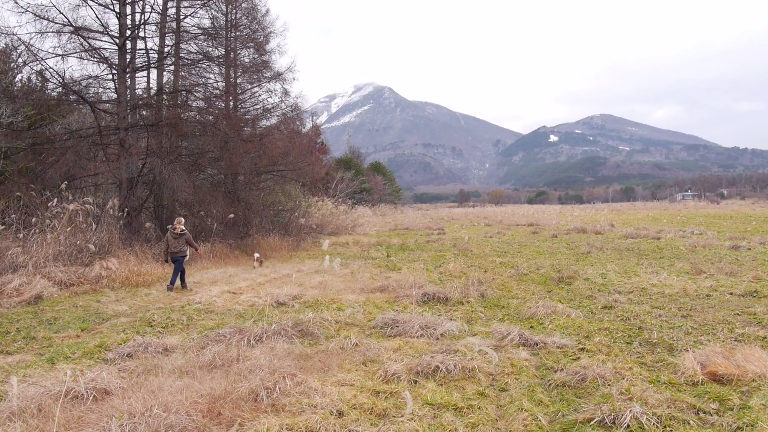
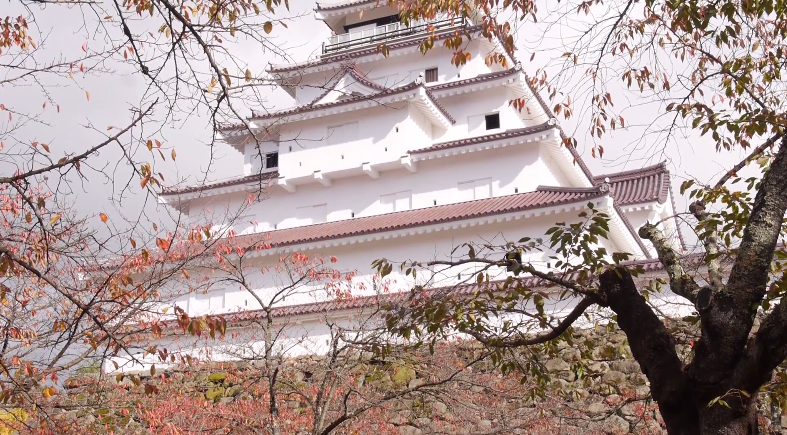
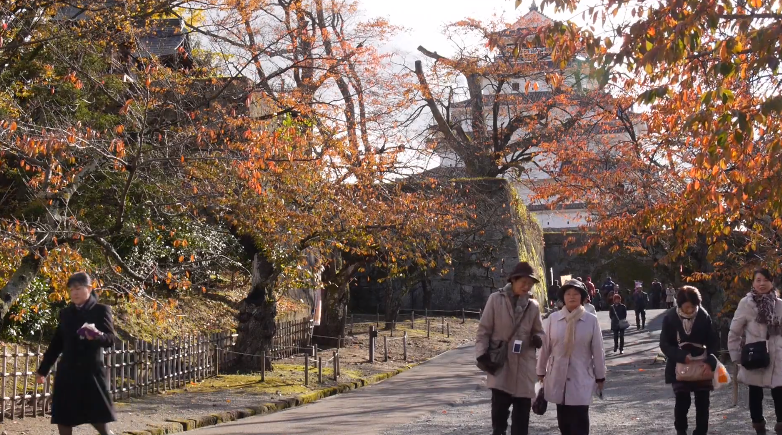
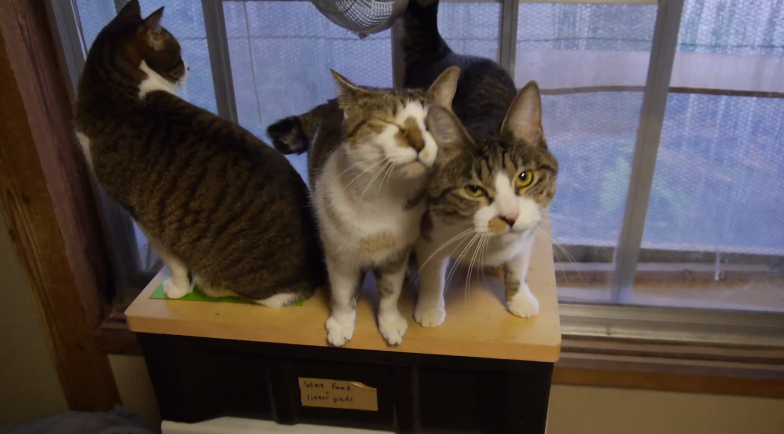
 Cameron Diaz in the Philippines? Lookalike tourist has everyone guessing on the island of Palawan
Cameron Diaz in the Philippines? Lookalike tourist has everyone guessing on the island of Palawan Japanese Americans tell STORIES FROM TOHOKU
Japanese Americans tell STORIES FROM TOHOKU Studio Ghibli’s The Boy and the Heron gets North American screening date in September
Studio Ghibli’s The Boy and the Heron gets North American screening date in September Back-to-back airings of the movie Titanic put Fuji TV in hot water
Back-to-back airings of the movie Titanic put Fuji TV in hot water Seven years after earthquake, Fukushima teen says March 11 is an “ordinary day” in the prefecture
Seven years after earthquake, Fukushima teen says March 11 is an “ordinary day” in the prefecture Red light district sushi restaurant in Tokyo shows us just how wrong we were about it
Red light district sushi restaurant in Tokyo shows us just how wrong we were about it Japanese ramen restaurants under pressure from new yen banknotes
Japanese ramen restaurants under pressure from new yen banknotes Sandwiches fit for a sumo served up in Osaka【Taste Test】
Sandwiches fit for a sumo served up in Osaka【Taste Test】 Starbucks Japan adds a Motto Frappuccino to the menu for a limited time
Starbucks Japan adds a Motto Frappuccino to the menu for a limited time Tokyo Tsukiji fish market site to be redeveloped with 50,000-seat stadium, hotel, shopping center
Tokyo Tsukiji fish market site to be redeveloped with 50,000-seat stadium, hotel, shopping center Akihabara pop-up shop sells goods made by Japanese prison inmates
Akihabara pop-up shop sells goods made by Japanese prison inmates Studio Ghibli releases new action figures featuring Nausicaä of the Valley of the Wind characters
Studio Ghibli releases new action figures featuring Nausicaä of the Valley of the Wind characters Pokémon Sleep camping suite and guestrooms coming to Tokyo Hyatt along with giant Snorlax burgers
Pokémon Sleep camping suite and guestrooms coming to Tokyo Hyatt along with giant Snorlax burgers Princesses, fruits, and blacksmiths: Study reveals the 30 most unusual family names in Japan
Princesses, fruits, and blacksmiths: Study reveals the 30 most unusual family names in Japan Beautiful Sailor Moon manhole cover coasters being given out for free by Tokyo tourist center
Beautiful Sailor Moon manhole cover coasters being given out for free by Tokyo tourist center McDonald’s new Happy Meals offer up cute and practical Sanrio lifestyle goods
McDonald’s new Happy Meals offer up cute and practical Sanrio lifestyle goods All-you-can-drink Starbucks and amazing views part of Tokyo’s new 170 meter-high sky lounge
All-you-can-drink Starbucks and amazing views part of Tokyo’s new 170 meter-high sky lounge More foreign tourists than ever before in history visited Japan last month
More foreign tourists than ever before in history visited Japan last month French Fries Bread in Tokyo’s Shibuya becomes a hit on social media
French Fries Bread in Tokyo’s Shibuya becomes a hit on social media New private rooms on Tokaido Shinkansen change the way we travel from Tokyo to Kyoto
New private rooms on Tokaido Shinkansen change the way we travel from Tokyo to Kyoto Starbucks reopens at Shibuya Scramble Crossing with new look and design concept
Starbucks reopens at Shibuya Scramble Crossing with new look and design concept Studio Ghibli glasses cases let anime characters keep an eye on your spectacles
Studio Ghibli glasses cases let anime characters keep an eye on your spectacles Beautiful Ghibli sealing wax kits let you create accessories and elegant letter decorations【Pics】
Beautiful Ghibli sealing wax kits let you create accessories and elegant letter decorations【Pics】 Studio Ghibli releases Kiki’s Delivery Service chocolate cake pouches in Japan
Studio Ghibli releases Kiki’s Delivery Service chocolate cake pouches in Japan New definition of “Japanese whiskey” goes into effect to prevent fakes from fooling overseas buyers
New definition of “Japanese whiskey” goes into effect to prevent fakes from fooling overseas buyers Our Japanese reporter visits Costco in the U.S., finds super American and very Japanese things
Our Japanese reporter visits Costco in the U.S., finds super American and very Japanese things Studio Ghibli unveils Mother’s Day gift set that captures the love in My Neighbour Totoro
Studio Ghibli unveils Mother’s Day gift set that captures the love in My Neighbour Totoro New Japanese KitKat flavour stars Sanrio characters, including Hello Kitty
New Japanese KitKat flavour stars Sanrio characters, including Hello Kitty New Pokémon cakes let you eat your way through Pikachu and all the Eevee evolutions
New Pokémon cakes let you eat your way through Pikachu and all the Eevee evolutions Disney princesses get official manga makeovers for Manga Princess Cafe opening in Tokyo
Disney princesses get official manga makeovers for Manga Princess Cafe opening in Tokyo Sales of Japan’s most convenient train ticket/shopping payment cards suspended indefinitely
Sales of Japan’s most convenient train ticket/shopping payment cards suspended indefinitely Sold-out Studio Ghibli desktop humidifiers are back so Totoro can help you through the dry season
Sold-out Studio Ghibli desktop humidifiers are back so Totoro can help you through the dry season Japanese government to make first change to romanization spelling rules since the 1950s
Japanese government to make first change to romanization spelling rules since the 1950s Ghibli founders Toshio Suzuki and Hayao Miyazaki contribute to Japanese whisky Totoro label design
Ghibli founders Toshio Suzuki and Hayao Miyazaki contribute to Japanese whisky Totoro label design Doraemon found buried at sea as scene from 1993 anime becomes real life【Photos】
Doraemon found buried at sea as scene from 1993 anime becomes real life【Photos】 Tokyo’s most famous Starbucks is closed
Tokyo’s most famous Starbucks is closed One Piece characters’ nationalities revealed, but fans have mixed opinions
One Piece characters’ nationalities revealed, but fans have mixed opinions We asked a Uniqlo employee what four things we should buy and their suggestions didn’t disappoint
We asked a Uniqlo employee what four things we should buy and their suggestions didn’t disappoint We tried Japan’s peach-flavored potato chips, and they do not disappoint in their peachiness
We tried Japan’s peach-flavored potato chips, and they do not disappoint in their peachiness Fukushima bottled water wins Gold Quality Award in the internationally coveted Monde Selection
Fukushima bottled water wins Gold Quality Award in the internationally coveted Monde Selection New research suggests even low-level radiation in Fukushima negatively impacting wildlife
New research suggests even low-level radiation in Fukushima negatively impacting wildlife Women speak out about sexual violence after Great East Japan Earthquake
Women speak out about sexual violence after Great East Japan Earthquake Pokémon GO enters partnership to help disaster-stricken regions of Japan 【Video】
Pokémon GO enters partnership to help disaster-stricken regions of Japan 【Video】 Studio Ghibli producer dishes the dirt on Hayao Miyazaki, Your Name, and their next big project
Studio Ghibli producer dishes the dirt on Hayao Miyazaki, Your Name, and their next big project Outburst by Japanese minister at press conference overshadowed by…his Eva anime tie
Outburst by Japanese minister at press conference overshadowed by…his Eva anime tie James Cameron’s Alita: Battle Angel Film Casts Nashville’s Keean Johnson
James Cameron’s Alita: Battle Angel Film Casts Nashville’s Keean Johnson Video documentary explores the Essence of Humanity in the film works of Hayao Miyazaki【Video】
Video documentary explores the Essence of Humanity in the film works of Hayao Miyazaki【Video】 “Ordinary” foreigner tries to become famous in Japan in new documentary
“Ordinary” foreigner tries to become famous in Japan in new documentary Four lucky towns in Fukushima Prefecture will receive a Chansey Pokémon Park
Four lucky towns in Fukushima Prefecture will receive a Chansey Pokémon Park Japan reacts to Hollywood movie about Hiroshima bombing staring Evan Rachel Wood
Japan reacts to Hollywood movie about Hiroshima bombing staring Evan Rachel Wood James Cameron’s Alita: Battle Angel Film Casts Eiza Gonzales
James Cameron’s Alita: Battle Angel Film Casts Eiza Gonzales Japanese film “Behind THE COVE” defends whaling and dolphin-hunting, screens in the U.S.【Video】
Japanese film “Behind THE COVE” defends whaling and dolphin-hunting, screens in the U.S.【Video】 Words of wisdom and humor from 12 Buddhist temples (and… Cameron Diaz!?)
Words of wisdom and humor from 12 Buddhist temples (and… Cameron Diaz!?)
Leave a Reply